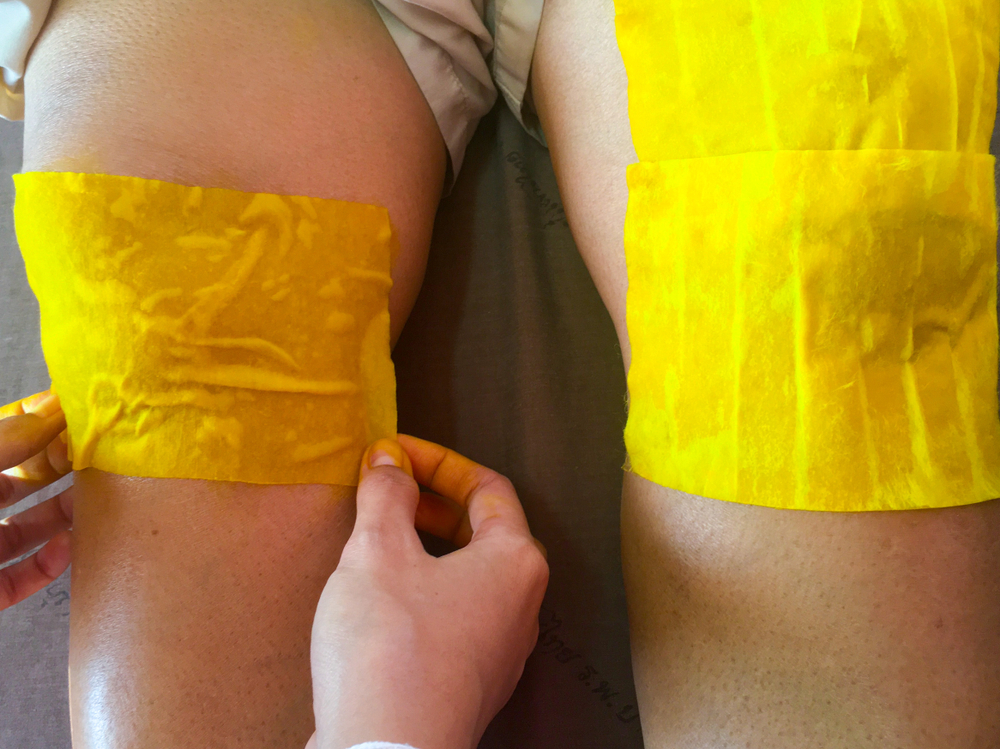Living with Epidermolysis Bullosa: Understanding a Complex Skin Condition
Epidermolysis Bullosa (EB) is a group of rare genetic conditions that cause the skin to become extremely fragile and blister easily. This hereditary disorder affects approximately 500,000 people worldwide, with varying degrees of severity. Understanding its causes, symptoms, and treatment options is crucial for both patients and caregivers navigating this challenging condition.

What Causes Epidermolysis Bullosa?
Epidermolysis Bullosa occurs due to mutations in genes responsible for producing proteins that help hold skin layers together. These genetic alterations result in weak connections between the epidermis and dermis, making the skin extremely vulnerable to friction and minor trauma. The condition can be inherited from parents or occur as a new genetic mutation.
What Are the Main Types of Epidermolysis Bullosa?
There are four primary types of EB: simplex, junctional, dystrophic, and Kindler syndrome. Each type affects different layers of the skin and varies in severity. EB simplex typically affects the upper layer of skin and tends to be milder, while dystrophic EB involves deeper skin layers and can be more severe. Junctional EB affects the middle skin layer, and Kindler syndrome shows mixed characteristics.
What Are the Common Signs and Symptoms?
The hallmark symptom of EB is extremely fragile skin that blisters or tears from minor friction or trauma. Other symptoms include:
-
Blisters on the skin, especially on hands and feet
-
Internal blistering (mouth, throat, and digestive tract)
-
Thickened skin on palms and soles
-
Nail abnormalities or loss
-
Dental problems
-
Difficulty swallowing
-
Chronic wounds and scarring
How Is Epidermolysis Bullosa Diagnosed and Treated?
Diagnosis typically involves skin biopsy and genetic testing. While there is no cure for EB, treatment focuses on wound care, pain management, and preventing complications. Treatment approaches include:
-
Specialized wound dressing and bandaging
-
Pain medication
-
Infection prevention measures
-
Nutritional support
-
Physical therapy
-
Regular monitoring of complications
What Are the Latest Developments in EB Care?
Recent advances in EB treatment include gene therapy research, protein replacement therapies, and cell-based treatments. Clinical trials are exploring innovative approaches such as:
-
Stem cell transplantation
-
Topical protein replacement
-
Gene editing technologies
-
Novel wound care products
-
Targeted molecular therapies
What Support Resources Are Available for EB Patients?
Living with EB requires comprehensive support systems and resources. Several organizations provide assistance:
| Organization | Services | Support Type |
|---|---|---|
| DEBRA | Patient advocacy, research funding | Medical, emotional, financial |
| EB Research Partnership | Research funding, community support | Research advancement, networking |
| EB Medical Research Foundation | Clinical trials, education | Medical research, patient education |
Important resources include:
-
Specialized wound care centers
-
Genetic counseling services
-
Support groups and networks
-
Educational materials
-
Financial assistance programs
This condition requires a multidisciplinary approach involving dermatologists, wound care specialists, nutritionists, and other healthcare providers. Regular monitoring and proper wound care remain essential components of managing EB effectively. While research continues to advance, the focus remains on improving quality of life and preventing complications for those affected by this challenging condition.
This article is for informational purposes only and should not be considered medical advice. Please consult a qualified healthcare professional for personalized guidance and treatment.




